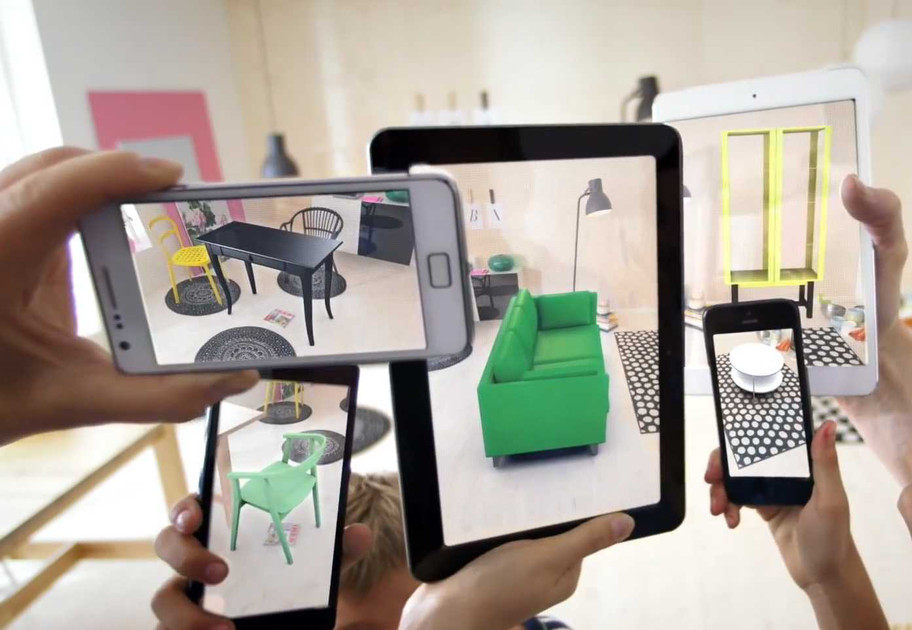Technology makes immersive Experiences
In the previous item on trends, we got a taste of the incredible effectiveness of visual content. We’re seeing a major shift in visuals from still content to video content. In its VNI Mobile Forecast (2015 – 2020), Cisco predicts that in 2020, over 75% of the global mobile traffic will be composed of video content, while smartphones will represent a massive 81% of the total worldwide traffic. The future of content is video and the device we’ll be using to consume it is the smartphone.
Which leaves us with two significant questions: How will you be using video content to be successful in content marketing? And what complementary techniques will enable you to make this experience truly personal and immersive? There are two very distinctive game changers that add relevance to communicating content to the consumer, which are virtual reality (VR) and augmented reality (AR). The rapid technological progress is making this content easier to come by; just think of Google Cardboard in combination with your own smartphone. You can watch 360 ˚ videos that the Efteling, Holland’s most famous theme park, made of its wildest rides ‘De Baron’ and ‘Joris en de Draak’(The Baron and George and the Dragon), giving you the ride of your life from your own couch. Pretty convincing advertising, if you ask us.
.png?width=641&height=253&name=Kega%20logo%20(white%20bg).png)

